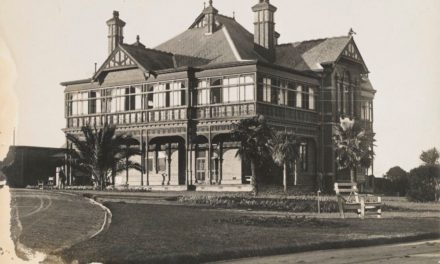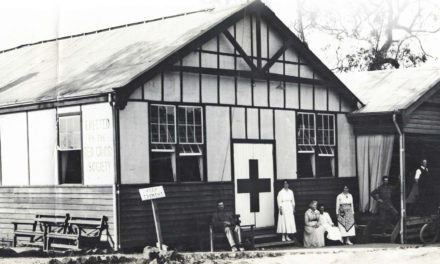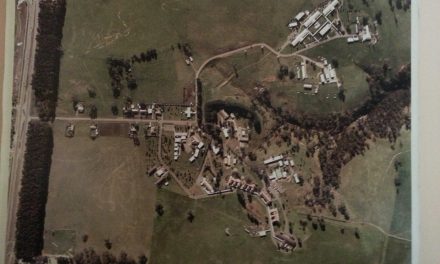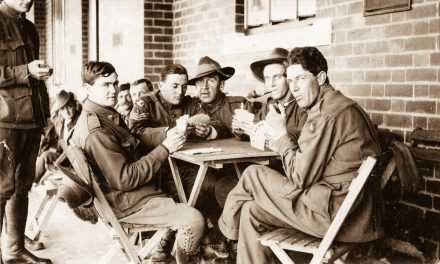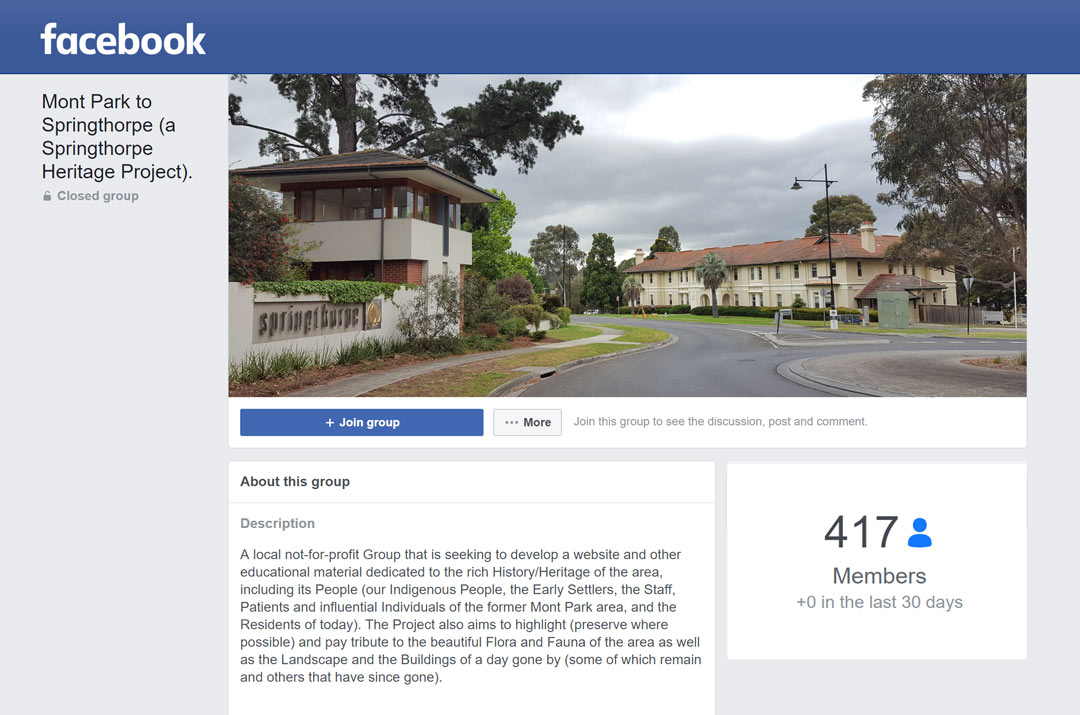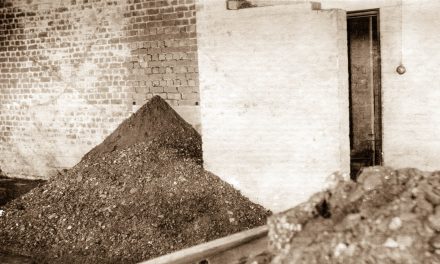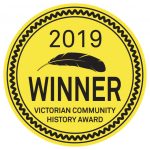Mont Park site
The Mont Park Mental Hospital complex site in Bundoora has been evolving for over 100 years. Its initial operation grew from mental hospitals, to include military rehabilitation services, tuberculosis treatment amenities, and drug and alcohol centres.
The Mont Park hospitals were initially located at Bundoora because of the extensive valuable farmland used for the production of meat, milk, fruit and vegetables for the kitchens of the Mont Park hospitals and other mental health institutes at Yarra Bend, Royal Park and even as far afield as Ararat. Patients could help run the farm activities as part of their treatment and rehabilitation. The wide open spacing of the hospital buildings allowed wards to be segregated on the basis of their functions in the Mont Park, Kingsbury, Bundoora Rehabilitation, Gresswell, Macleod, Plenty and Larundel hospital sites.
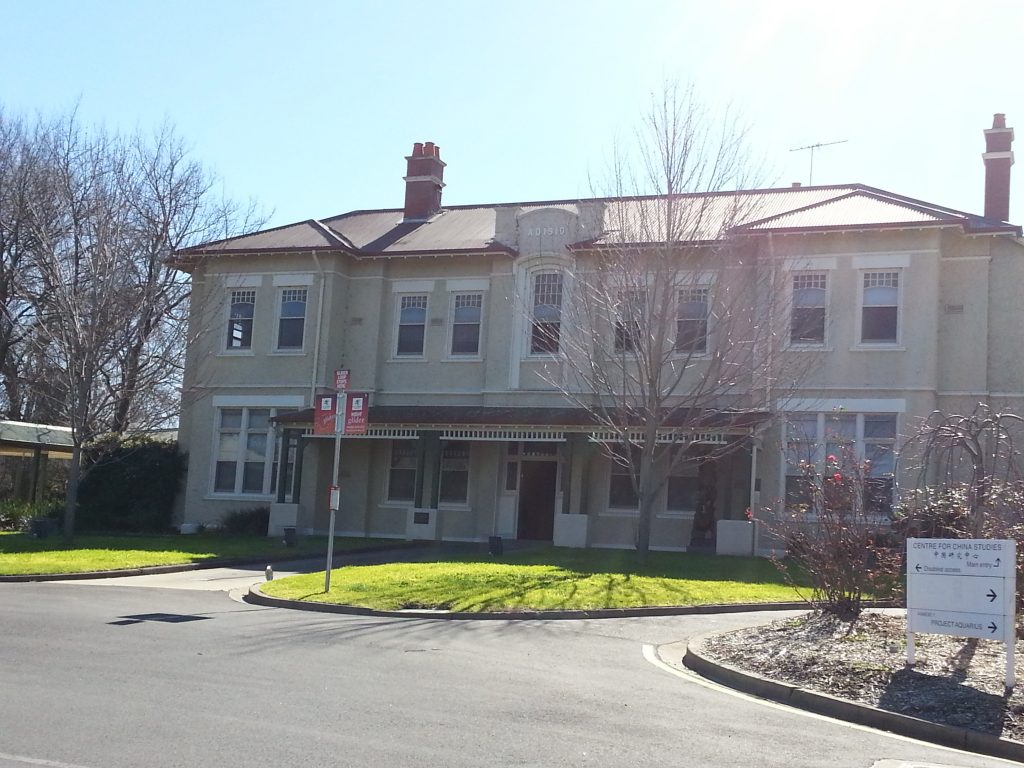
Kingsbury Training Centre – formerly the Farm Workers Block
Kingsbury Training Centre
In the early 20th century, intellectually disabled patients were housed in the same hospital facilities as the mentally ill. The initial Mont Park concrete rendered ‘Farm Workers’ Block’ (1910/11) and ‘Idiot Cottages’ and ‘Idiot Boy’s Block’ housed patients from Yarra Bend and older youth from Kew Cottages. From 1971, this area came to be known as the residential Kingsbury Training Centre. It was located north-west of the main Mont Park buildings, near the Larundel facilities.
Mont Park Hospital
The Mont Park Hospital for the Insane was officially opened in 1912 with much construction activity still developing some of the wards, administration, kitchens, store rooms, workshops and staff housing.
In 1916 the military took over the northern ‘Laundry Workers Block’ as the 14th Auxiliary Hospital and as a ‘light duties’ camp.
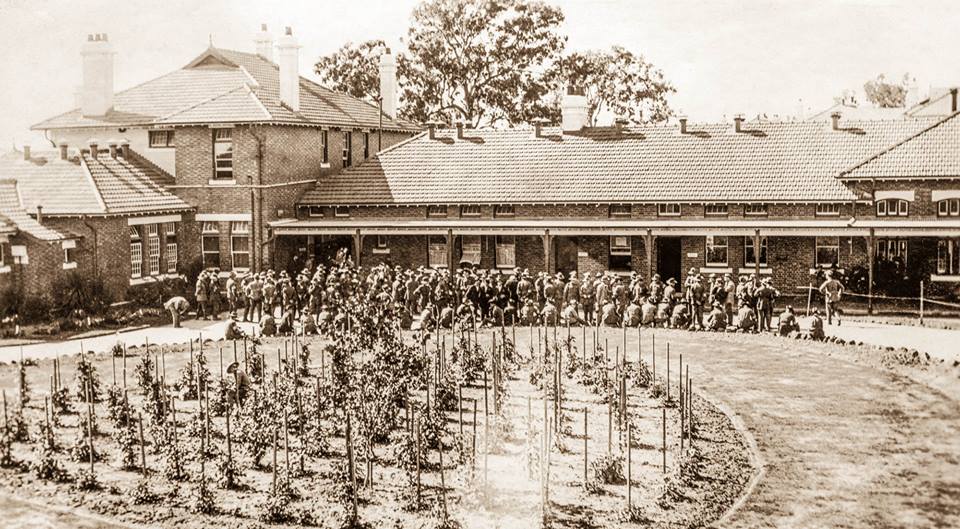
Mont Park Chronic Wards
The ‘Chronic Ward Blocks’ were erected in 1915 – 1917 and still remain. They consisted of 12 adjacent but separate wards, with their own central kitchen and incinerator area. The tall round brick chimney is still evident in 2017, towering over the middle of this space. These two storey red brick and white painted buildings were built in a distinctive phalanx. The four end wards housed 80 patients each. The four middle wards were smaller for 60 patients and the four inner wards housed 40 patients each.
Initially the Chronic Ward Block was specifically set aside for military psychiatric patients, so that they were segregated from the civilian mental patients at Mont Park. The military patients, the majority of whom were suffering from ‘shellshock’, were to be spared the stigma attached to their unusual neuroses developed by the trauma of war, They were allowed to convalesce more comfortably and appropriately, with consideration to the severity and nature of their illness. During World War One, the 12 wards and the central two storey building which extends towards the north were initially named the Australian General Hospital No. 16. This central structure became the Administration building for Mont Park with reception and visiting rooms, a pharmacy, operating theatre, mess, kitchen and bakery. Eventually Wards M and N at the north-west end of the complex housed the last of the military patients, all of whom were now to be accommodated at Bundoora Repatriation Hospital at Bundoora Park. These veterans were transferred between 1924 and 1933 as new wards became available on the other side of Plenty Road. In 1925, there were 1157 civilian patients at Mont Park, and 83 military veterans.
For many, many years, Wards A to F housed only female patients. Wards I to N continued to house men, but from the civilian population. By the 1980s, a section of Ward M and N was made more secure and used to isolate criminals. For a short time, this M6 Forensic Unit at Mont Park housed Peter Dupas, the Melbourne serial murderer and rapist, before he was imprisoned with multiple life sentences, without parole. Also Garry Webb/Garry David, incarcerated for attempted murders and violent self-harm issues, was one of 20 secure patients at Mont Park in 1990. He died in 1993.
The Mont Park Mental Hospital ‘Paying Patients Block’ which had been opened in 1911 was, from 1913, initially used for quiet female patients from the Yarra Bend asylum. It was not until later that is was used for ‘paying patients’. It was eventually known as South-East Block, Wards F7, F8, F9 and F10 and housed geriatric patients.
In 1923, the Nurse’s Hostel and Matron’s Flat were built at the Mont Park entrance site, on Cherry Street.
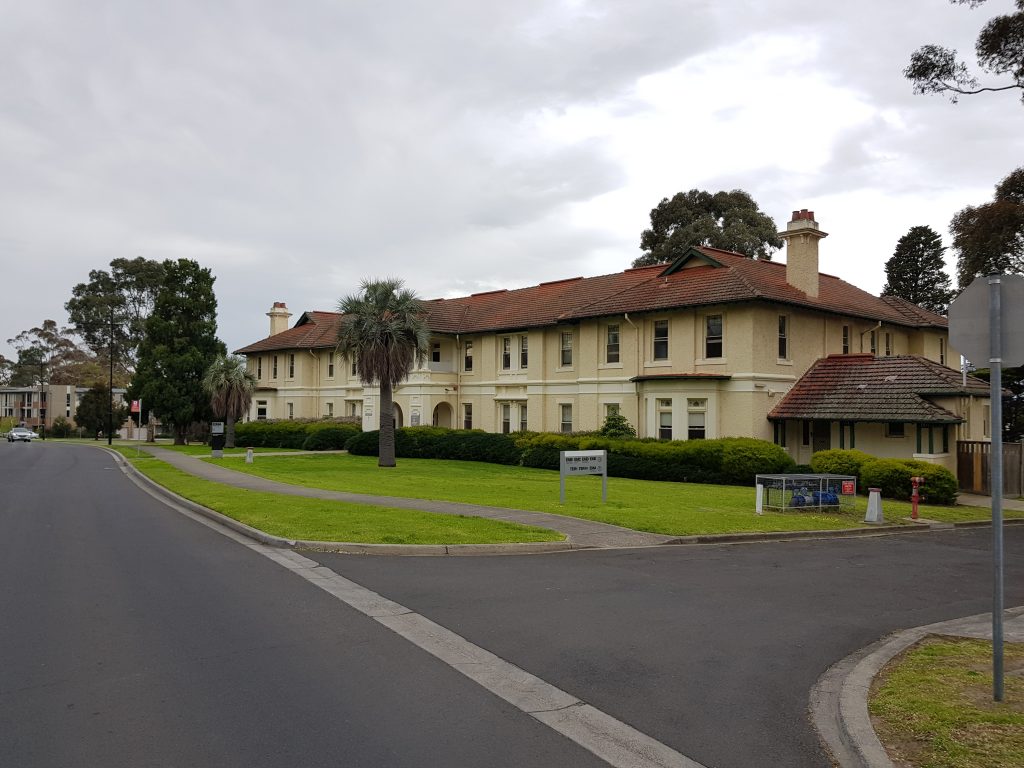
Built in 1923, was known as the Nurses Hostel and Matrons Flat (RHS), then was used as headquarters for the Womens Land Army, later, for NEMPS and is now student accommodation. Image courtesy of Gary Cotchin.
The Mont Park ‘New Hospital Block’, or Ward F12, was built in 1926 as the acute and admissions ward.
By 1931, the complex had expanded to include workshops for carpenters, tailors and a boot maker, and plans for a butcher. In 1932, there were 689 males and 726 females at Mont Park and 160 military veterans about to be moved to the Bundoora Park site. Occupational therapy was introduced, with pottery, furniture and rug making, and dancing classes. A dietitian was appointed by 1938 and x-ray technology became available onsite in 1941.
In 1936, an Isolation Ward for patients with infectious diseases was opened near this area. In this era malaria treatments were used for patients with syphilis (or GPI, General Paralysis of the Insane), and insulin coma therapy for schizophrenic clients. Dysentery and typhoid outbreaks occurred in the wards from time to time.
Bundoora Repatriation Hospital
From 1924, military patients were transferred from Mont Park to the new Bundoora Park Hospital site as the wards and facilities became available. (see attached Timeline**). This reached maximum numbers in 1964/1965 with over 300 men in residence, many day patients and about 100 on ‘trial leave’.
Gresswell Tuberculosis Sanatorium Hospital
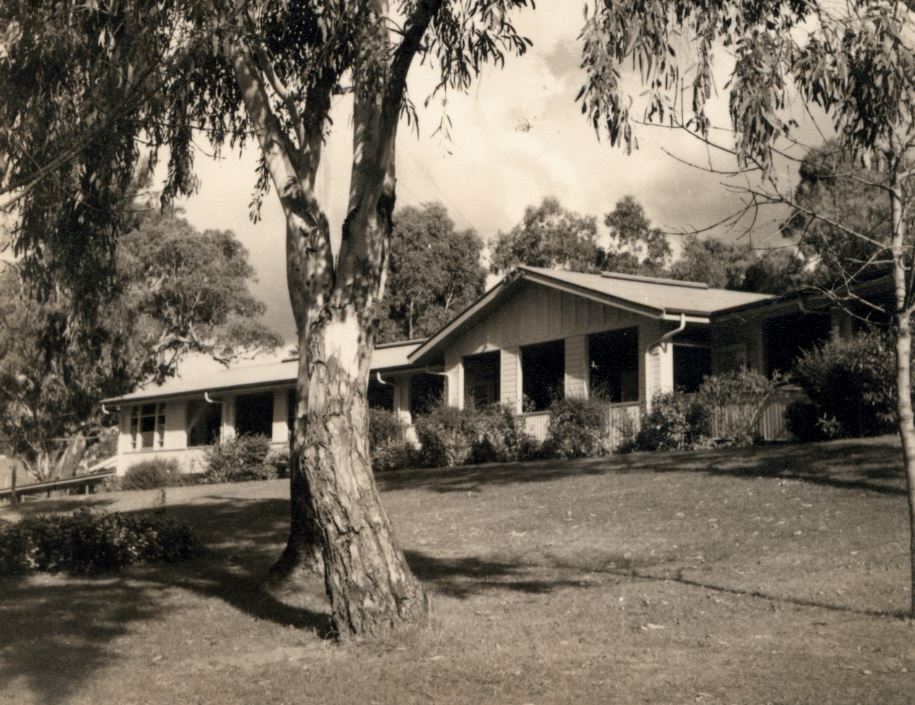
Ward 11 Gresswell Sanitorium 1940
In 1933, specific wards north of the Mont Park area were opened as the Gresswell Tuberculosis Sanatorium for the civilian population. From the 1920s, tuberculosis (TB) had become a problem in Victoria and isolation wards were instigated near the northern edge of the Mont Park site close to Greenwood Drive. A Nurses Home was located in this area as well. By the 1970s due to the decline in TB patients, the site became the Gresswell Rehabilitation Centre, for the treatment of men who had health issues caused by drug and alcohol use. See:https://www.montparktospringthorpe.com/gresswell-and-tuberculosis/
Military Sanatorium Macleod
This area of Mont Park was designated specifically for military veterans with severe and active TB from 1916. With the decline in TB cases by 1960, the facility became a more general Macleod Repatriation Hospital for military veterans and some of their widows. See: https://www.montparktospringthorpe.com/macleod-repatriation-sanatorium-for-returned-ww1-soldiers/
Plenty Hospital
The ‘Laundry Workers Block’ built in 1913 had been designed for 100 female patients to be employed in laundry duties, but was initially used for military veterans from World War One. By 1918 it had 370 civilian patients and it finally became known as Wards E and F when Plenty was designated a separate Hospital in 1963. Plenty Hospital was for elderly, long term clients using 6 male and 6 female wards, 2 occupational therapy units, nursing, administration and dining areas. It was immediately east of the Strathallan Golf Club House. See: https://www.montparktospringthorpe.com/?s=plenty+hospital
Larundel Hospital
Building at this site had been progressing slowly since 1938, with a view to housing Kew Cottages mental health patients. But this was long delayed, firstly because of the Second World War when this area was claimed for RAAF use, and after the war as Housing Commission accommodation for families. It was not until 1953 that Larundel came to have its first compliment of 310 male and 77 female patients. New brick wards were constructed to house a further 360 patients. By 1968 students were placed at Larundel for clinical training. Chronic and acute patients occupied separate wards, as did geriatric patients.
In 1991 Plenty amalgamated with Mont Park and Larundel to become the North Eastern Metropolitan Psychiatric Services (NEMPS).
Story by Kathy Andrewartha
2017
REFERENCES
Bircanin, Ilya and Short, Alex (1995) Glimpses of the past: Mont Park, Larundel, Plenty, The Authors, Melbourne
Cade, John F. (1979) Mending the mind: a short history of twentieth century psychiatry, Sun Book, Melbourne
City of Darebin. (2016) A rich heritage: The story of Bundoora Homestead. City of Darebin. Melbourne.
De Moore, Greg and Westmore, Ann (2016) Finding sanity: John Cade, lithium and the taming of bipolar disorder, Allen and Unwin, Australia
Ellery, Reginald (c. 1925), Incidents in the treatment of neurosyphilis by induced malaria at Mont Park: on the treatment of General Paralysis of the Insane by malaria Silent documentary film http://colsearch.nfsa.gov.au/nfsa/search/display/display.w3p;adv=;group=;groupequals=;holdingType=;page=0;parentid=;query=mont%20park;querytype=;rec=1;resCount=10
Ellery, Reginald S. (1956) The cow jumped over the moon: private papers of a psychiatrist Reginald Spencer Ellery, F. W. Cheshire, Melbourne
Goodes, Sheryl (2004) This Model Institution: from ‘Farm Worker Block’ to the Institute for Advanced Study, Institute for Advanced Study, Bundoora, Victoria
Kaplan, Robert M (2013) Malariotherapy at Mont Park: the earliest surviving movie of psychiatric treatment in Australia, Australasian Psychiatry 21(1) 73–75
Kenna, L. (1988) In the beginning there was only the land. Lions Club of Bundoora. Melbourne.
Lewis, John and Smith, Dennis K. (2004) Film –Troubled minds: the lithium revolution, Film Australia, Film Victoria, SBS-TV
Larsson, M. (2009) Shattered Anzacs: living with the scars of war. University of New South Wales Press, Sydney.
Melway Street Directory of greater Melbourne, 1966 and various years, digital collection University of Melbourne, Australia
Vict Heritage Database Report 2000, http://vhd.heritagecouncil.vic.gov.au/places/5619/download-report
Vict Heritage Database Report 2007 http://vhd.heritagecouncil.vic.gov.au/places/70193/download-report
Yarra Plenty Regional Library (2016) Fine Spirit and Pluck. World War One Stories of Banyule, Nillumbik and Whittlesea. Yarra Plenty Regional Library. South Morang.


